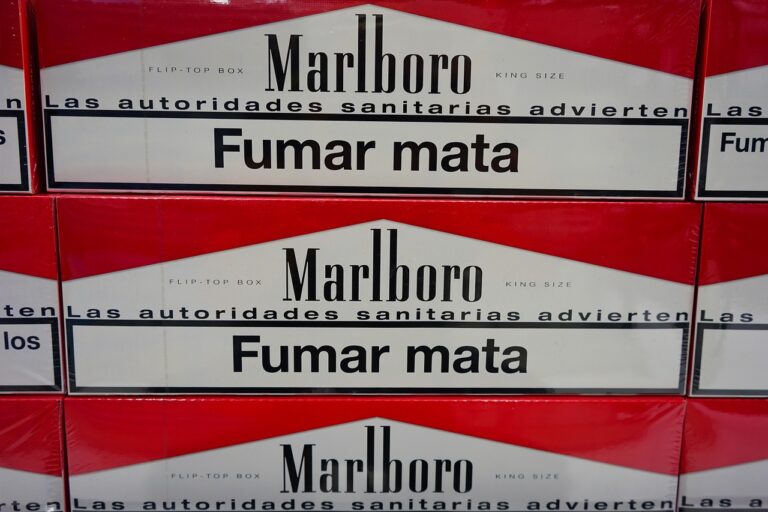Greenwashing in Retail: Unveiling False Claims of Sustainability
Greenwashing in the retail industry refers to the deceptive practice where companies exaggerate or falsely claim their products or services are environmentally friendly. This misleading marketing tactic aims to attract eco-conscious consumers, giving the illusion that the brand is committed to sustainability when, in reality, it may not be the case. Greenwashing can take various forms, such as using vague or ambiguous terms, misleading labels, or displaying misleading images to create a false impression of environmental responsibility.
By engaging in greenwashing, companies attempt to capitalize on the growing consumer demand for sustainable products and ethical practices. This strategy allows businesses to boost their sales and enhance their brand image, without making substantial efforts to reduce their environmental impact. However, greenwashing not only misleads consumers but also undermines genuine efforts made by companies that are truly committed to sustainability. It can erode trust in the industry and lead to skepticism among consumers, making it crucial for businesses to be transparent and authentic in their environmental claims.
The Impact of Greenwashing on Consumer Behavior
Greenwashing, the deceptive practice of presenting an eco-friendly image to appeal to environmentally conscious consumers, has a significant impact on consumer behavior. When consumers are misled by false claims of sustainability or environmental responsibility, it can erode trust in brands and leave individuals feeling deceived. This can lead to a sense of skepticism and reluctance to believe future environmental claims made by companies.
Moreover, the prevalence of greenwashing in the retail industry can result in consumers feeling overwhelmed and confused when trying to make environmentally conscious purchasing decisions. With an abundance of products claiming to be eco-friendly, it can be challenging for consumers to discern which claims are genuine and which are simply tactics used to capitalize on the growing demand for sustainable products. This confusion can lead to consumer apathy and a lack of motivation to actively seek out genuinely sustainable options.
Common Tactics Used in Greenwashing
One common tactic used in greenwashing is known as “vague claims.” Companies might use ambiguous language or broad statements to create the illusion of environmental friendliness without providing concrete evidence to back up their claims. This tactic can mislead consumers into believing that a product is more eco-friendly than it actually is.
Another tactic commonly seen in greenwashing is the use of irrelevant information. Companies may highlight minor environmental features of a product to divert attention from its overall unsustainable practices. By focusing on insignificant details, businesses can give the impression of being environmentally conscious while overlooking larger issues that could have a more significant impact on the environment.
What is greenwashing in the retail industry?
Greenwashing refers to when a company or brand uses deceptive marketing tactics to make their products appear more environmentally friendly than they actually are.
How does greenwashing impact consumer behavior?
Greenwashing can mislead consumers into thinking they are making a more sustainable choice when in reality they are not. This can lead to consumers feeling betrayed and losing trust in the company or brand.
What are some common tactics used in greenwashing?
Some common tactics used in greenwashing include vague or misleading labels, false claims of environmental benefits, and the use of irrelevant certifications to make a product seem more eco-friendly than it actually is.







